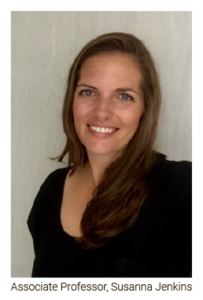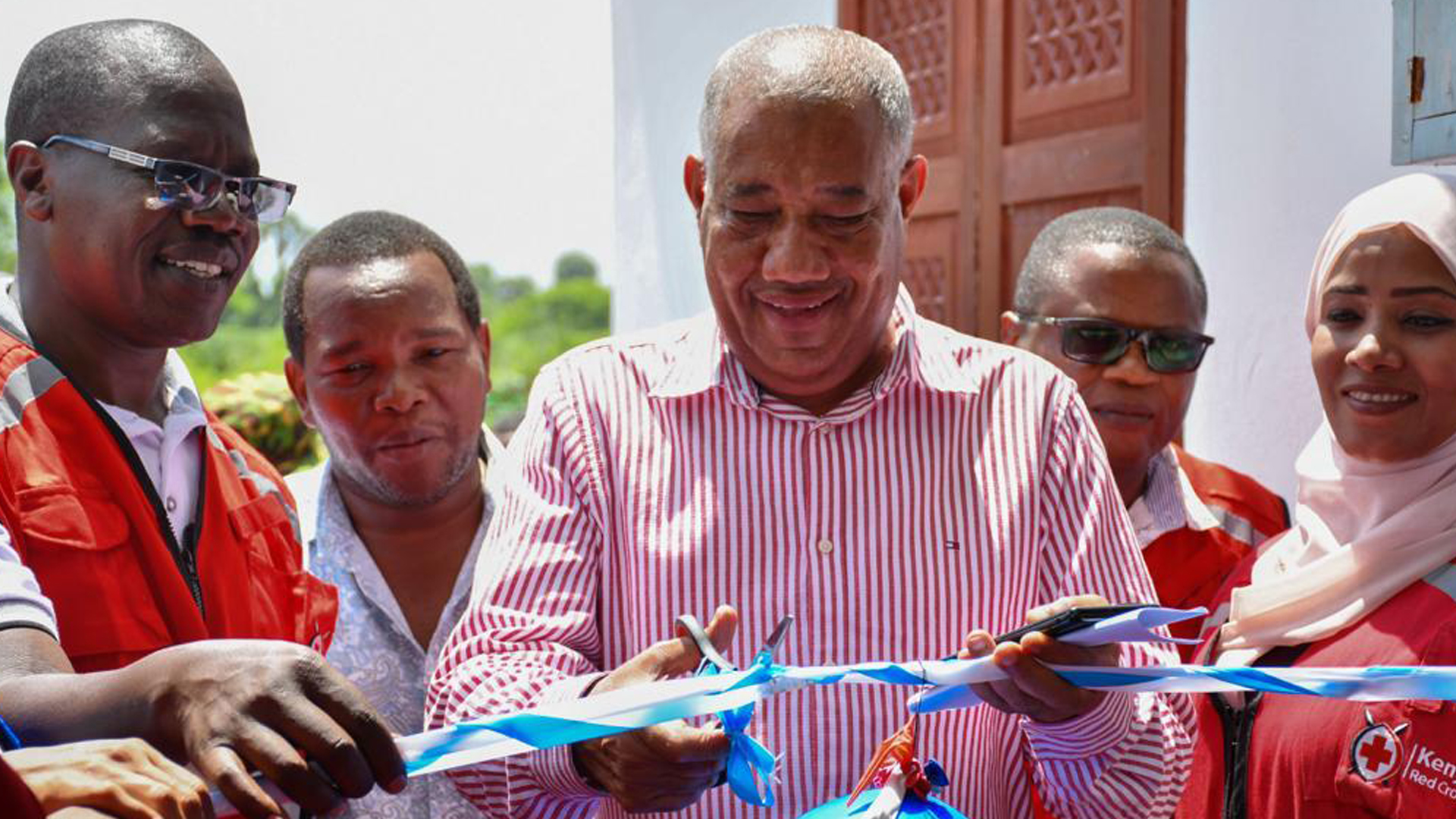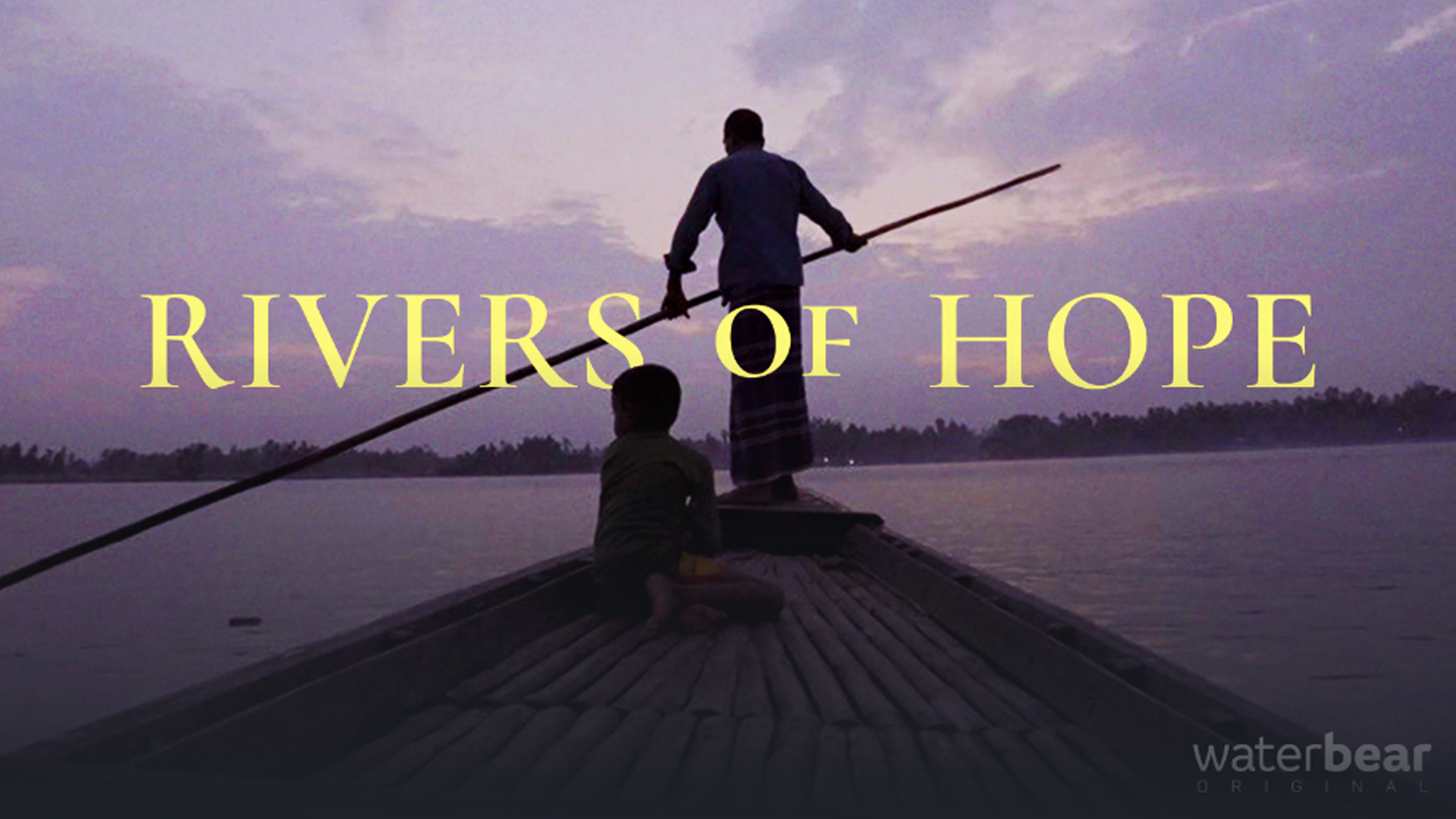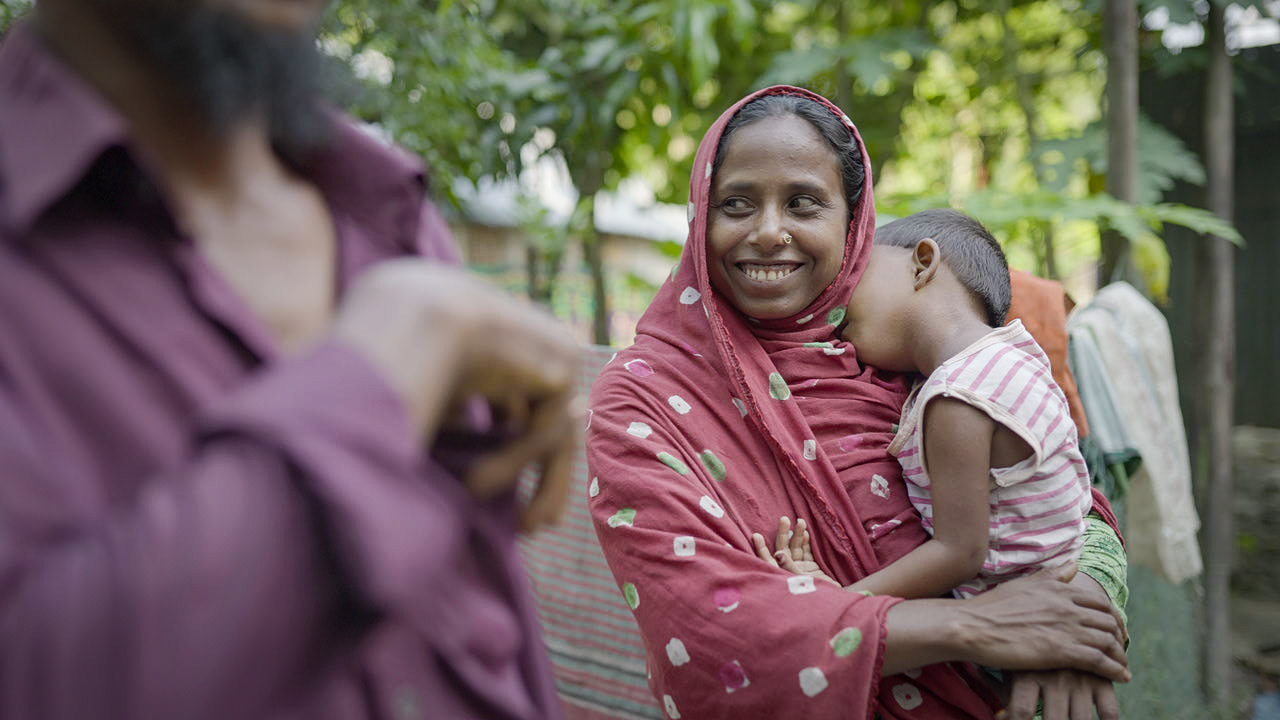The Averted Disaster Award will grant an Independent Counterfactual Analysis to the top 5 projects
12 January 2024
The Averted Disaster Award will grant an independent counterfactual analysis to the top 5 projects
Singapore – The leading 5 interventions nominated for The Averted Disaster Award’s 2024 edition will be honored with an independent counterfactual analysis.
Counterfactual analysis stands out as an indispensable tool in gauging the effectiveness of disaster prevention strategies. This method provides a unique lens through which evaluators can establish causal relationships between interventions and outcomes.
The essence of ‘counterfactual’ lies in its ability to unveil what would have happened to beneficiaries in the absence of a particular intervention. This process involves estimating impact by comparing outcomes derived from the counterfactual scenario with those observed under the actual intervention.
Increasingly, counterfactual analysis is gaining prominence in the field of disaster risk management. This method empowers practitioners to navigate the spectrum of potential outcomes influenced by highly uncertain and random variables in a growing number of applications including earthquakes, climate change, and volcanic eruptions.
“We use counterfactuals to imagine and quantify the disasters that could have been” says Dr. David Lallemant, Assistant Professor at the Earth Observatory of Singapore at Nanyang Technological University in Singapore. “Counterfactual Analysis looks beyond immediate visible outcomes and considers the “what if” scenarios” in order to explore more broadly the true impact of a disaster risk intervention. For example: What if the school earthquake retrofit program had not been implemented? How many schools would have collapsed? How many more people would have been affected? In so doing we can highlight the fact that the seemingly ordinary functioning of buildings and infrastructure in the face of floods, earthquakes and typhoons, is in fact extraordinary and worth celebrating.”

The counterfactual analysis will be conducted at Nanyang Technological University, by PhD and Associate Professor, Susanna Jenkins. Prof. Jenkins has over 20 years of applied experience as a Risk Analyst in the field of Disaster Risk Management and Natural Hazards.
Nanyang Technological University (NTU) in Singapore is renowned for its commitment to cutting-edge research and innovation. Among its notable research entities is the Disaster Analytics for Society Lab (DASL). DASL focuses on harnessing advanced analytics and technology to address global challenges related to natural and man-made disasters. The lab emphasizes interdisciplinary collaboration, bringing together experts from fields such as data science, engineering, and social sciences to develop innovative solutions for disaster management. Through its research initiatives, DASL aims to enhance society’s resilience and response capabilities in the face of emergencies. NTU’s dedication to fostering impactful research, coupled with DASL’s mission to leverage data analytics for societal benefit, reflects the university’s commitment to addressing critical issues on a global scale.
The findings of Prof. Jenkins’ analysis will be captured in a report that will include:
- Overview of the intervention background, development, features and future.
- Counterfactual analysis or narrative highlighting the benefits and “what if” scenarios related to the intervention. *The risk analyst will discuss the counterfactual with each applicant and engage with them on the approach and outcome while remaining independent.
- Provide at least two figures/schematics to visually support the analysis
What are the benefits of receiving a free independent counterfactual analysis for your intervention or organization?
Having an independent counterfactual analysis provides multiple benefits:
- Trusted Outcomes: Having the analysis conducted by a highly credentialed risk analyst at a trusted university known for its thought leadership in the field of disaster risk management ensures that the assumptions used are evidence based and rooted in reality.
- Enhanced Understanding of Intervention Impact: Independent counterfactual analysis will allow the organization to validate and potentially enhance the understanding of measurable impact for the nominated project. Impact data and proposed counterfactual metrics provided in the application will be validated as part of the counterfactual analysis and additional impact metrics or narratives may be added to provide a clear message on the benefits of the intervention.
- Informed Decision-Making: The insights gained from the counterfactual analysis can influence future decision-making processes within the organization, helping to amplify effective strategies.
- Clear Snapshot of Performance: A counterfactual analysis allows stakeholders to assess the project’s performance against alternative scenarios and expectations. It is a clear snapshot that can be shared with leadership, donors or other decision makers as a way to make convincing arguments about the benefits of your intervention that may not be easily seen.
This can be a highly effective tool for influencing decision makers and the community at large to understand the full impact and benefit of disaster risk interventions.
New Judging Process
The addition of an independent counterfactual analysis will now be incorporated into the Averted Disaster Award judging process in the following way:
February 2nd, 2024: Applications Due
February: Judges will review and score all applications to determine the Top 5
March: Top 5 applicants notified
March-April: Counterfactual analysis conducted by independent risk analyst. Risk analyst will use the information from the original application as well as direct communication with the applicant for any additional information needed.
*Applicants must be available and provide requested information during this time frame in order to be eligible to receive the final counterfactual narrative.
May: Judges review the independent counterfactual narrative for the Top 5 applicants and factor this analysis together with the originally submitted application to determine the final winner.
June: Winner notified










